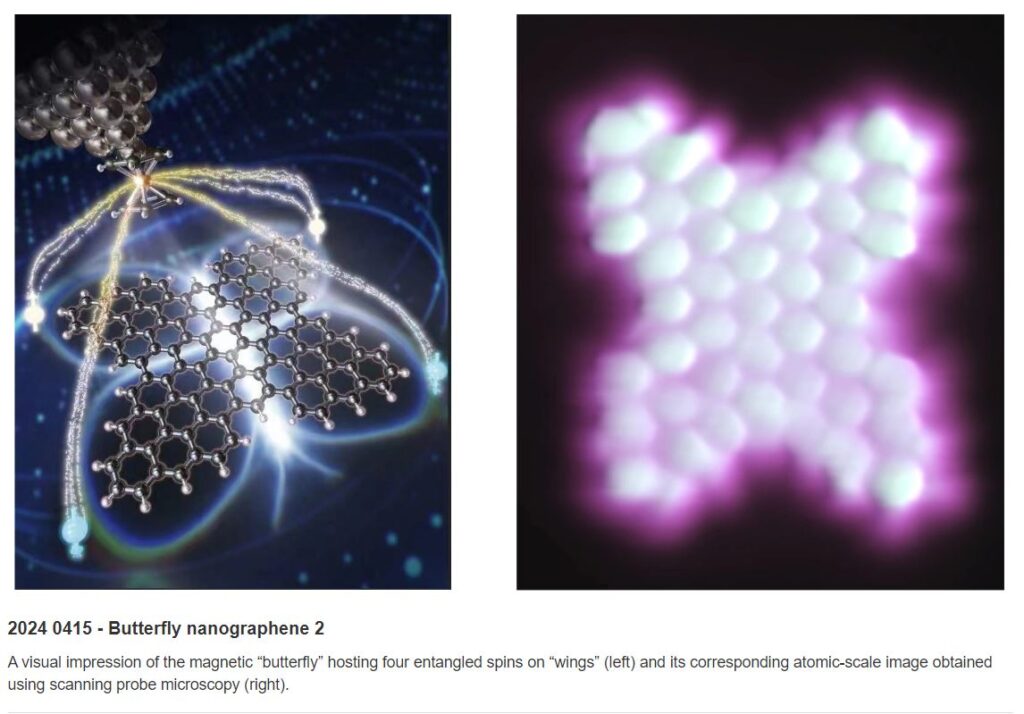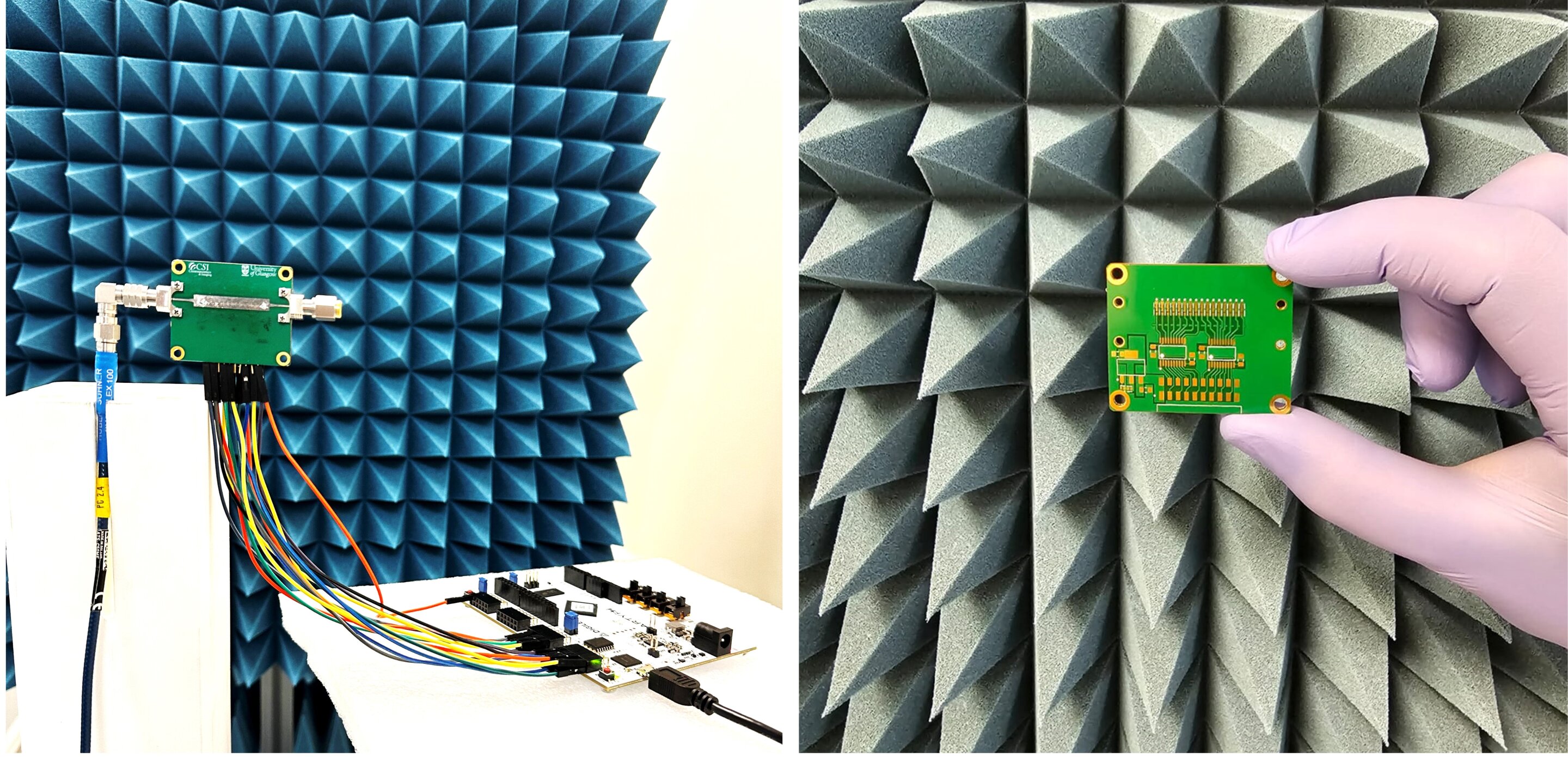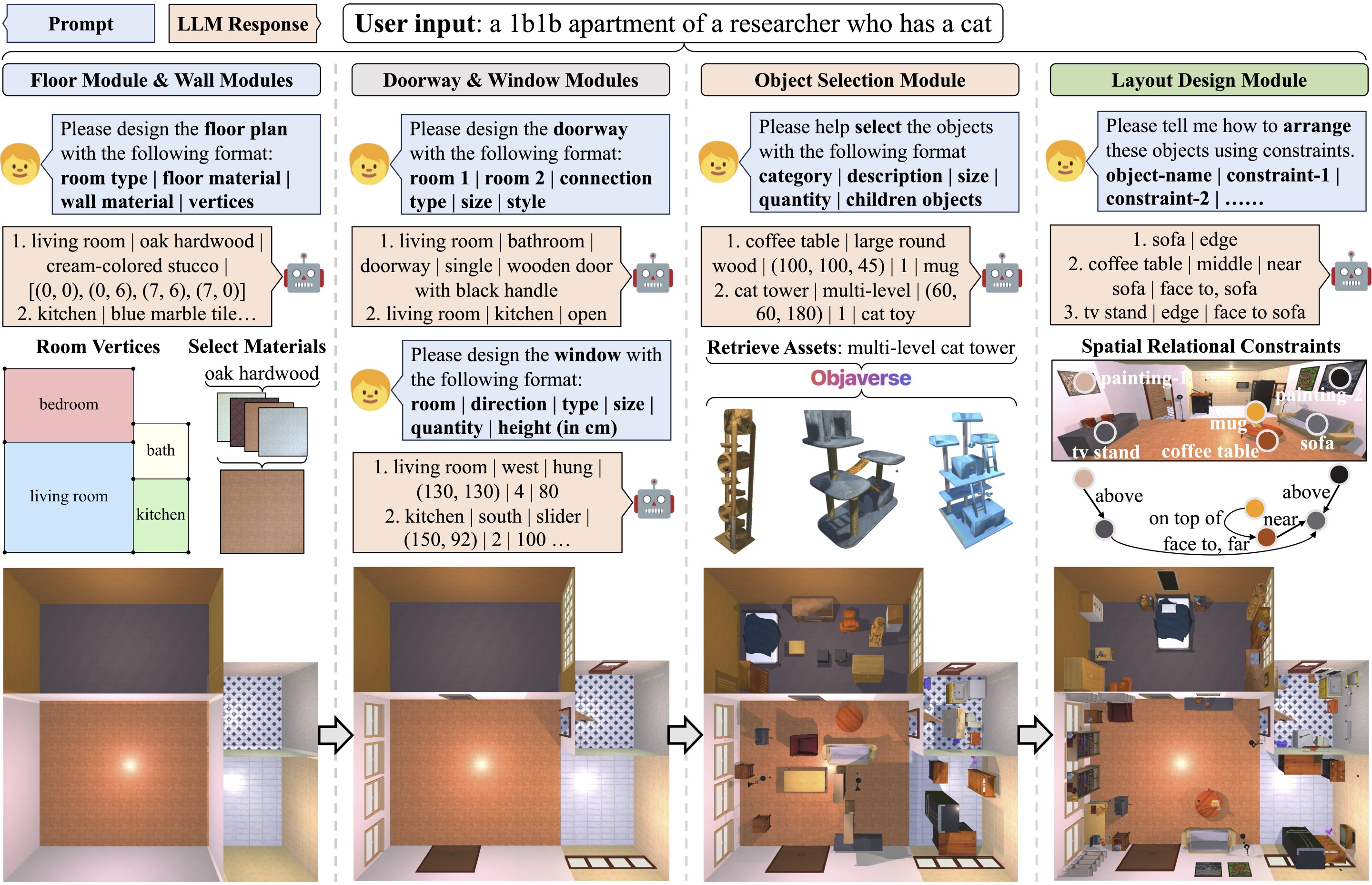
Researchers from the National University of Singapore (NUS) have developed a new design concept for creating next-generation carbon-based quantum materials, in the form of a tiny magnetic nanographene with a unique butterfly-shape hosting highly correlated spins. This new design has the potential to accelerate the advancement of quantum materials which are pivotal for the development of sophisticated quantum computing technologies poised to revolutionize information processing and high density storage capabilities.
The team was led by Associate Professor Lu Jiong from the NUS Department of Chemistry and Institute for Functional Intelligent Materials, together with Professor Wu Jishan who is also from the NUS Department of Chemistry, and international collaborators...
Read More









Recent Comments